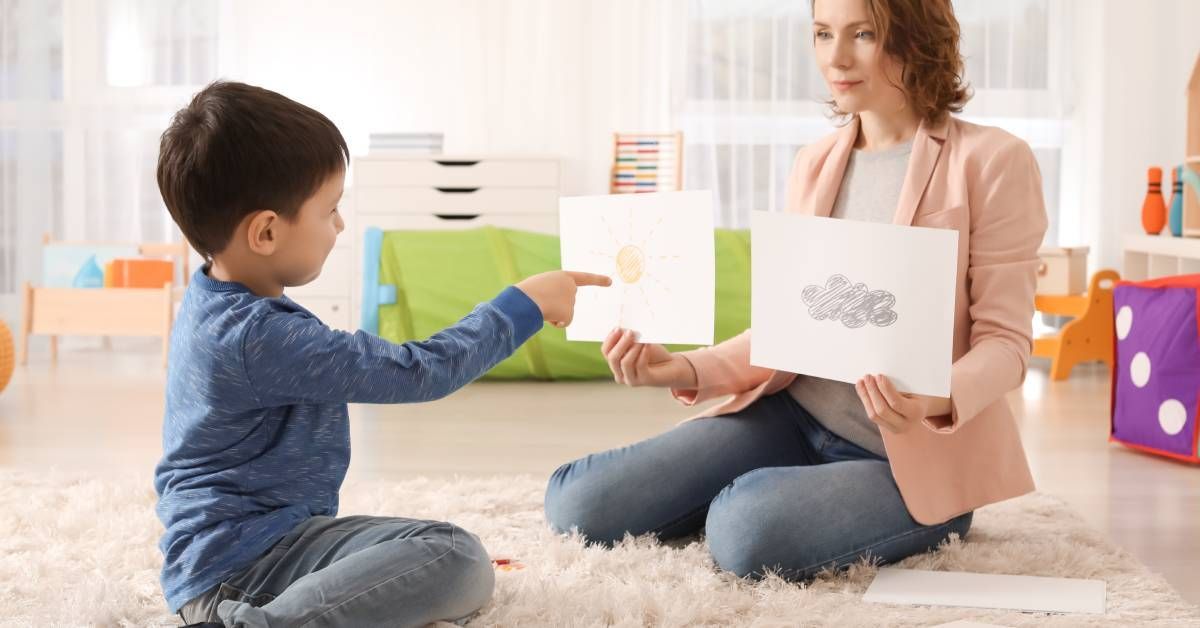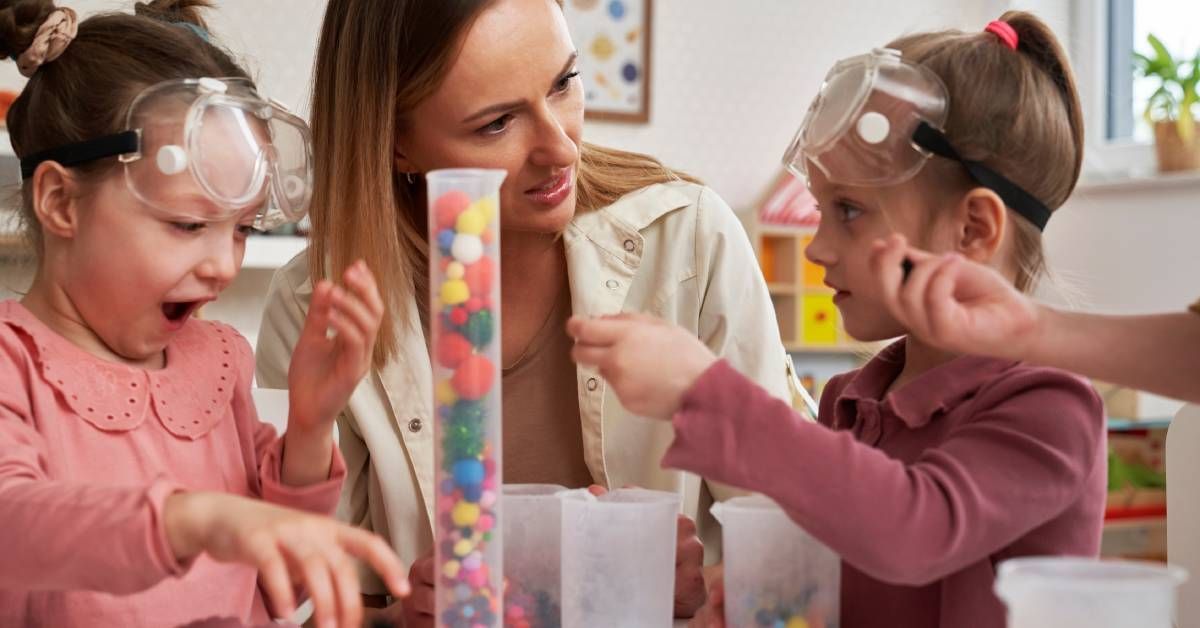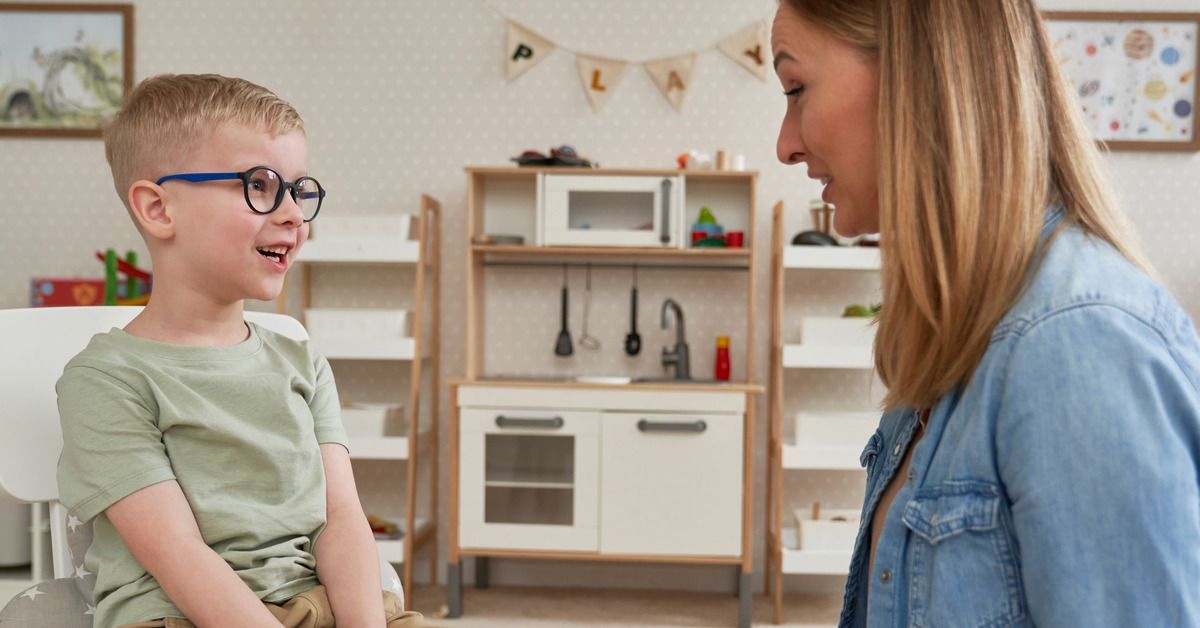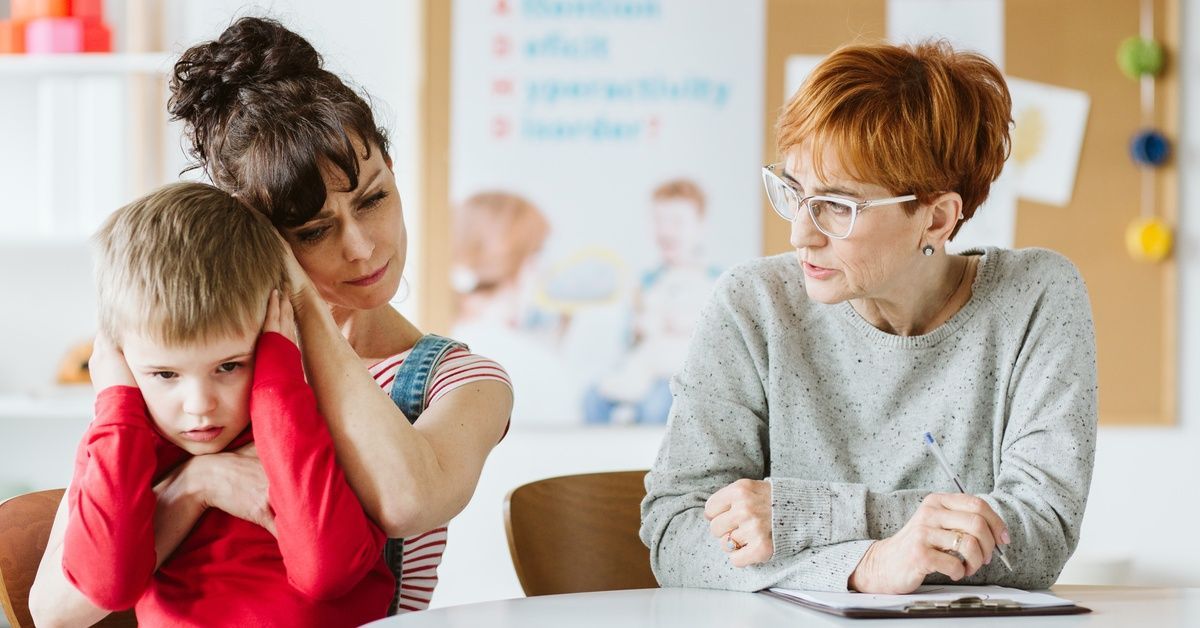Group vs. Individual ABA Therapy for Children With Autism
Helping children with autism overcome the unique challenges they face can make a world of difference in their development. Applied Behavior Analysis (ABA) therapy is an effective therapeutic approach.
Parents and caregivers often wonder whether group ABA therapy or individual sessions would be more beneficial for their child. Let’s explore the nuances of both approaches, shedding light on their strengths and considerations to help you make an informed decision.
Understanding ABA Therapy
Applied Behavior Analysis (ABA) therapy is a scientifically validated approach that focuses on fostering specific behaviors, such as:
- Social skills
- Communication
- Reading
- Adaptive learning skills (hygiene, grooming, and motor skills)
ABA therapy can significantly improve the quality of life of children, as well as their academics, by tailoring interventions based on their specific needs and strengths.
The Basics of Individual ABA Therapy
Individual ABA therapy involves one-on-one sessions between the child and a trained therapist. This personalized approach lets the therapist focus entirely on the child’s needs, challenges, and strengths. By customizing the therapy plan, the therapist can address the child’s unique requirements and set realistic, achievable goals.
Benefits of Individual ABA Therapy
One of the primary benefits of individual ABA therapy is its high level of personalization. Therapists can gain a deep understanding of a child’s behavior patterns, triggers, and motivators, leading to more effective interventions. Individual therapy also allows for continuous monitoring and adjustment of the therapy plan to stay aligned with the child’s evolving needs.
Additional advantages include:
- Faster progress due to undivided attention from the therapist
- Immediate feedback and reinforcement, promoting quicker learning and improvement
- Intensive focus, especially beneficial for children with severe challenges or high support needs
Considerations for Individual ABA Therapy
While individual ABA therapy offers numerous benefits, it may not be suitable for every child. Some children may feel overwhelmed or anxious in one-on-one settings, and this feeling can hinder their progress. Additionally, individual therapy lacks crucial social interaction opportunities for developing social skills and peer relationships.

The Fundamentals of Group ABA Therapy
Group ABA therapy involves sessions with multiple children, typically led by one or more therapists. This approach aims to create a structured environment where children can learn and practice new skills with their peers. Group therapy sessions often focus on social skills, communication, and cooperative play, providing a valuable opportunity for children to interact and learn from one another.
Benefits of Group ABA Therapy
Group ABA therapy offers distinct benefits, primarily through social interaction. Children can develop crucial social skills like turn-taking, sharing, and cooperative play by engaging in group sessions. These interactions help children build meaningful relationships, promoting a sense of belonging and community.
Additional benefits of group therapy include:
- Observational learning: Children can learn by watching their peers, which is especially helpful for those who are hesitant to attend one-on-one sessions.
- Naturalistic environment: A natural environment provides a real-world setting for practicing skills.
- Enhanced social skills: Group therapy encourages the development of essential social abilities.
- Sense of community: Being among peers fosters belonging and connections.
Considerations for Group ABA Therapy
Despite its benefits, group ABA therapy may not be suitable for all children. Some children may struggle with the dynamics of a group setting, finding it difficult to manage the sensory and social demands. Additionally, the level of individual attention in group therapy is inherently lower than in one-on-one sessions, which may slow progress for some children.
Balancing Individual and Group ABA Therapy
For many children, combining individual and group therapy at an ABA therapy center can provide the best of both worlds. This blended approach allows children to benefit from personalized attention in individual therapy while gaining valuable social skills in a group setting. By tailoring the balance of individual and group sessions to the child’s specific needs, therapists at the ABA therapy center can create a comprehensive and effective therapy plan.
How to Choose the Right Approach for Your Child
Selecting the appropriate therapy approach for your child involves considering their unique needs, strengths, and preferences. Consult with professionals who can guide you in making informed decisions with a few key factors in mind.
- Behavioral goals: Identify the primary goals of the therapy. Group therapy may be more beneficial if the focus is on developing social skills and peer interactions. For targeted behavioral interventions, individual therapy may be more suitable.
- Child’s preferences: Consider your child’s comfort level in different settings. Some children thrive in one-on-one environments, while others may benefit from the social interactions in group sessions.
- Therapist’s recommendations: Consult with your child’s therapist to determine the most effective approach based on your child’s specific needs and progress.
- Combination approach: Explore the possibility of combining individual and group therapy to address a broader range of skills and behaviors.

The Role of Parents and Caregivers
Parents and caregivers play a crucial role in the success of ABA therapy. Parents can significantly enhance their child’s progress by collaborating with therapists and reinforcing learned behaviors at home. Here are some ways to support your child:
- Stay informed: Educate yourself about ABA therapy techniques and strategies. Understanding the principles behind the therapy can help you reinforce positive behaviors effectively.
- Communicate with therapists: Maintain open communication with your child’s therapists to stay updated on their progress and any adjustments to the therapy plan. Share any observations or concerns you may have.
- Practice at home: Incorporate ABA therapy techniques into daily routines. By practicing skills at home, you can reinforce learning and promote the generalization of behaviors.
Building a Supportive Community
A supportive community can make a significant difference in the lives of children with autism and their families. Connecting with other parents, caregivers, and professionals allows you to share experiences, gain valuable insights, and find encouragement.
- Join support groups: Participate in local or online support groups for parents of children with autism. These groups can provide a safe space to share experiences, ask questions, and offer support.
- Attend workshops and conferences: Attend workshops and conferences to stay updated on the latest research and best practices in ABA therapy. These events can provide valuable networking opportunities and access to expert knowledge.
At HANDS Center, we are dedicated to providing tailored Applied Behavior Analysis (ABA) therapy that meets the unique needs of each child with autism. By carefully balancing individual and group therapy approaches, we empower children with autism to thrive both individually and socially.
Our experienced therapists collaborate with parents and caregivers to provide effective interventions that support each child’s growth. At HANDS Center, we value community and collaboration, fostering a network for families to connect and support each other. By choosing us, you invest in compassionate care that prioritizes your child’s development and well-being, preparing them for success in all life areas.







